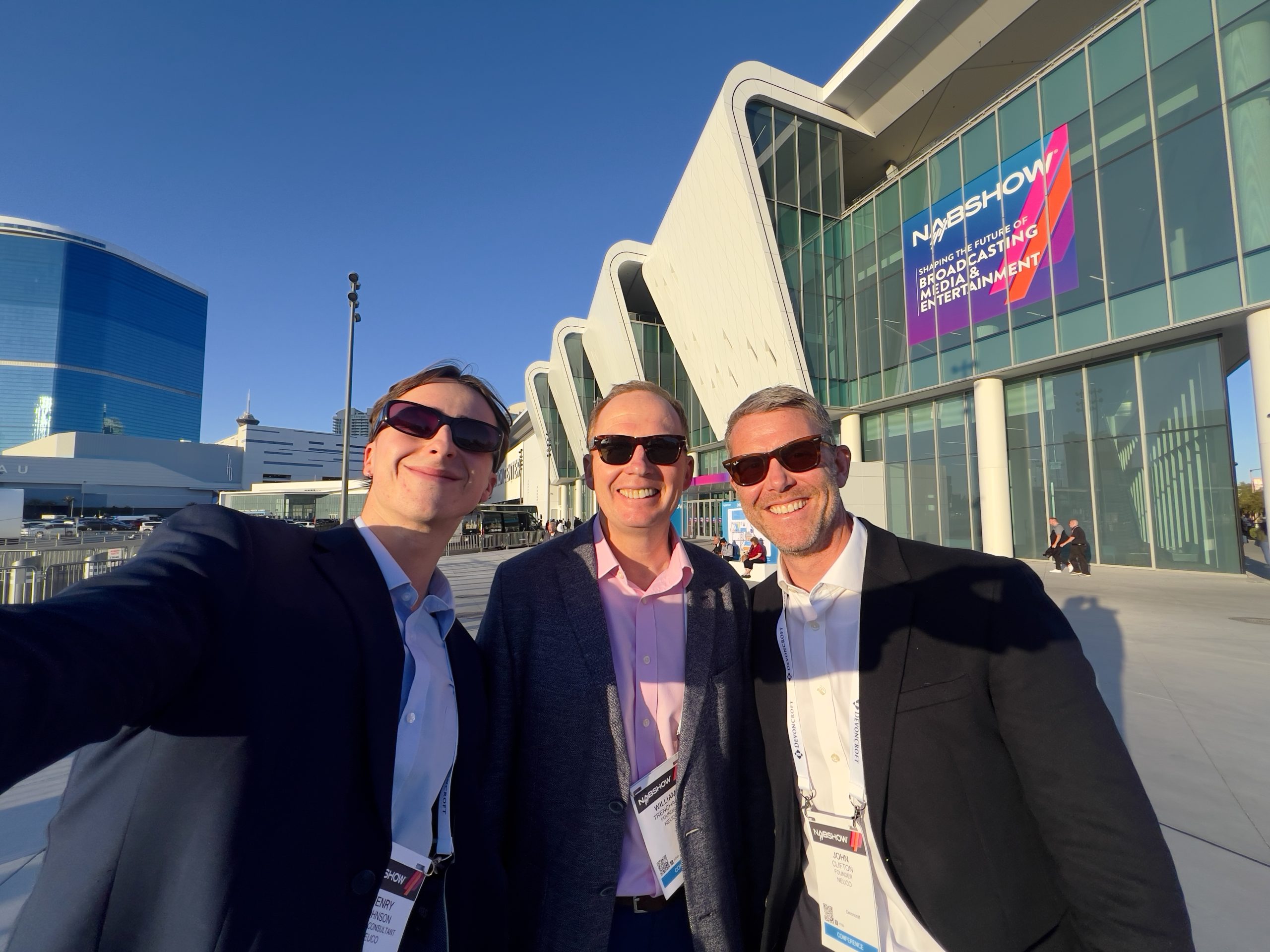Securing the Cloud is a major challenge across the Cyber Security industry. On Episode 19 of The Cyber Security Matters Podcast we spoke to Abhishek Singh, the Co-Founder and CEO of Araali Networks, about how Cyber Security professionals are navigating the growing challenges of keeping the Cloud secure. Abhishek has 25 years’ experience in Cyber Security, including a period in which he led a team to build a data centre scale platform to enable micro segmentation and security in a virtual machine environment. This wealth of experience gives him some great insights into the current issues around securing the Cloud.
Could you explain what zero trust is and what the biggest problems are with implementing it?
Zero Trust has become a buzzword. Zero trust people say ‘trust nothing’, but zero trust is fundamentally a networking concept. That concept is actually very simple. Imagine it as a castle and moat problem, where you have a castle and a moat around it called a perimeter. Everything inside the castle is trusted. Everything outside the perimeter is untrusted. If you have to come into the castle, you come through a firewall, and then you are trusted. So it is a networking concept which relies on perimeter security and having an open interior.
The problem with that approach is that your perimeter has to be perfect. If there’s one bad guy coming in, you’re in trouble. If one Trojan horse seeps in, you’re in trouble. If you’re building a zero trust environment you have to keep your controls inside out. Even if your environment is not pristine, every resource has to defend itself.
The Cloud is very zero trust friendly in that it denies access by default, so if you want to expose anything online you have to explicitly open it up. However, egress is open. And that is the problem with zero trust, it’s too hard to close down egress. So if someone is already inside, going out is free, and that is what attackers abuse. So in spite of Cloud being very different, very novel, very thought through and upfront, egress is open. And that is the fundamental problem.

What do you see as the biggest challenges in securing the cloud itself?
The real question is, ‘is the Cloud more secure?’ That is the biggest thing that people need to understand, and there is no straight answer. Depending on who you ask, they will give you a different answer. Many people believe the Cloud is more secure because Amazon has done a lot of good work there, and other cloud providers have followed suit. But the real rub there is, it’s as secure as you make it. Security is a shared responsibility, and Amazon is very clear about it. They are saying ‘we have given you the tools to make it secure’, but they have not done your work for you. Amazon has not secured your stuff. Coming from an on-prem background, when you go into the Cloud where there are new paradigms, it’s very hard to fulfil your shared responsibility. If you have not done so, Cloud is not more secure.
The other challenge is attackers. On-prem Windows is a fertile ground for attackers to be doing things. They have not exploited Cloud. At some point though, that’ll change. Things like solar wind supply chain attacks used to be science fiction, right? The cloud is like that – it’s waiting to explode. It’s not that it’s more secure – it’s just that attackers have not diverted their attention to it yet. They’re still trying to go after Windows workloads on prem. The moment they come to Cloud, there’s a lot to be had.
Why do you think businesses like Waze have had such success over the last few years?
So the reason Waze has been successful is because of simplicity. Security has been very cumbersome over the years. Orca was the first company who came out and said, ‘We’ll give you a Cloud account, and without any agents we’ll go and survey it and show you visibility’. The ease of use itself was very compelling. My problem with that approach is that by showing your Cloud position, you’re making yourself more vulnerable. I know I’m vulnerable. I did not need to see a picture to get that insight. The thing I need to know is how do I not become exploitable? How do I remediate my vulnerabilities? That is still a hard problem, because the Cloud is hard. It’s difficult, which is why it is vulnerable. Showing me my visibility is not helping me become less vulnerable. The thing we should focus on is remediation, and that’s the language of zero trust. The reason this became so popular is because of the ease of installation in a world where Cyber Security is hard to work with. Time to value is unspoken.
To learn more about securing the Cloud, listen to Episode 19 of The Cyber Security Matters Podcast here.
We sit down regularly with some of the biggest names in our industry, we dedicate our podcast to the stories of leaders in the technologies industries that bring us closer together. Follow the link here to see some of our latest episodes and don’t forget to subscribe.


